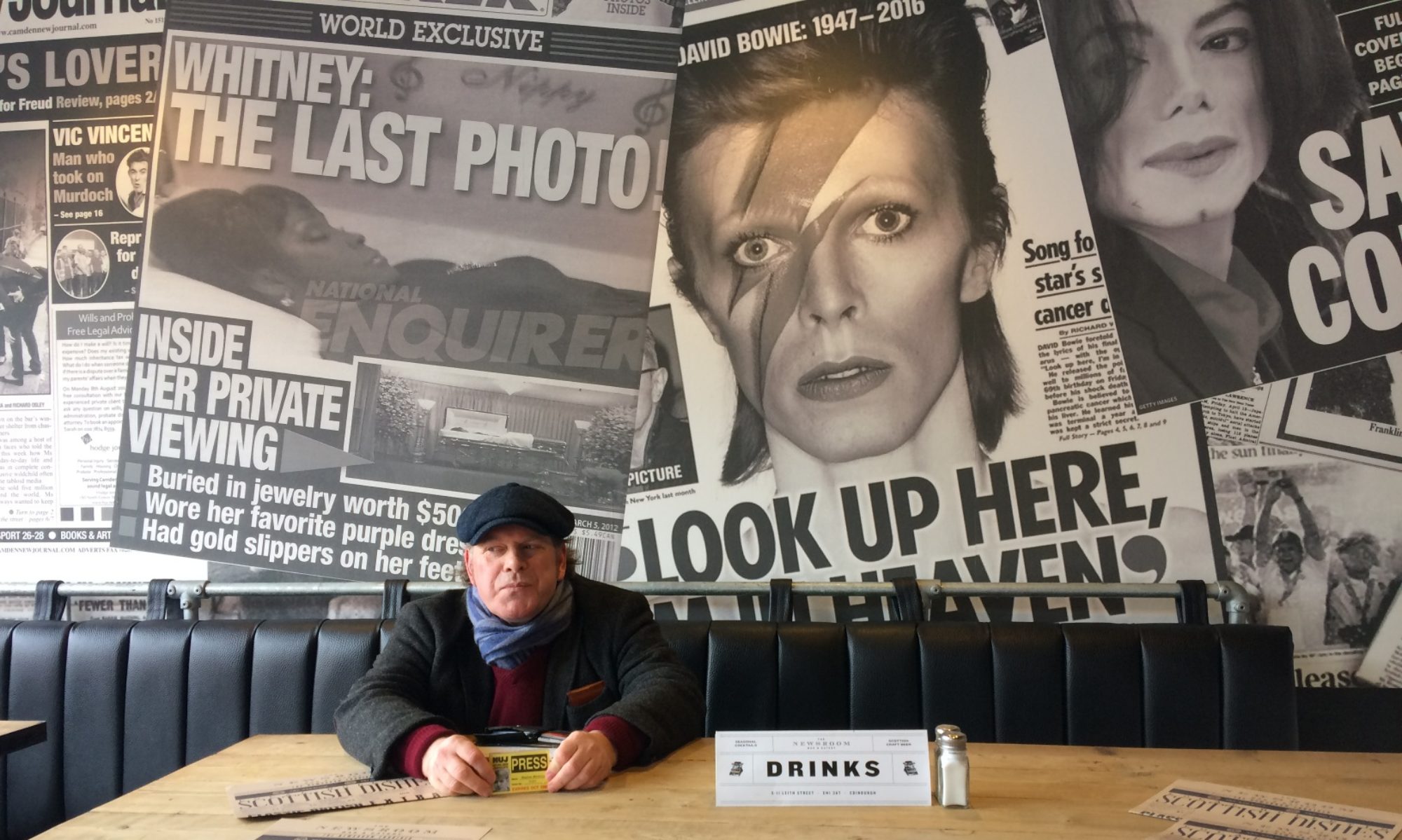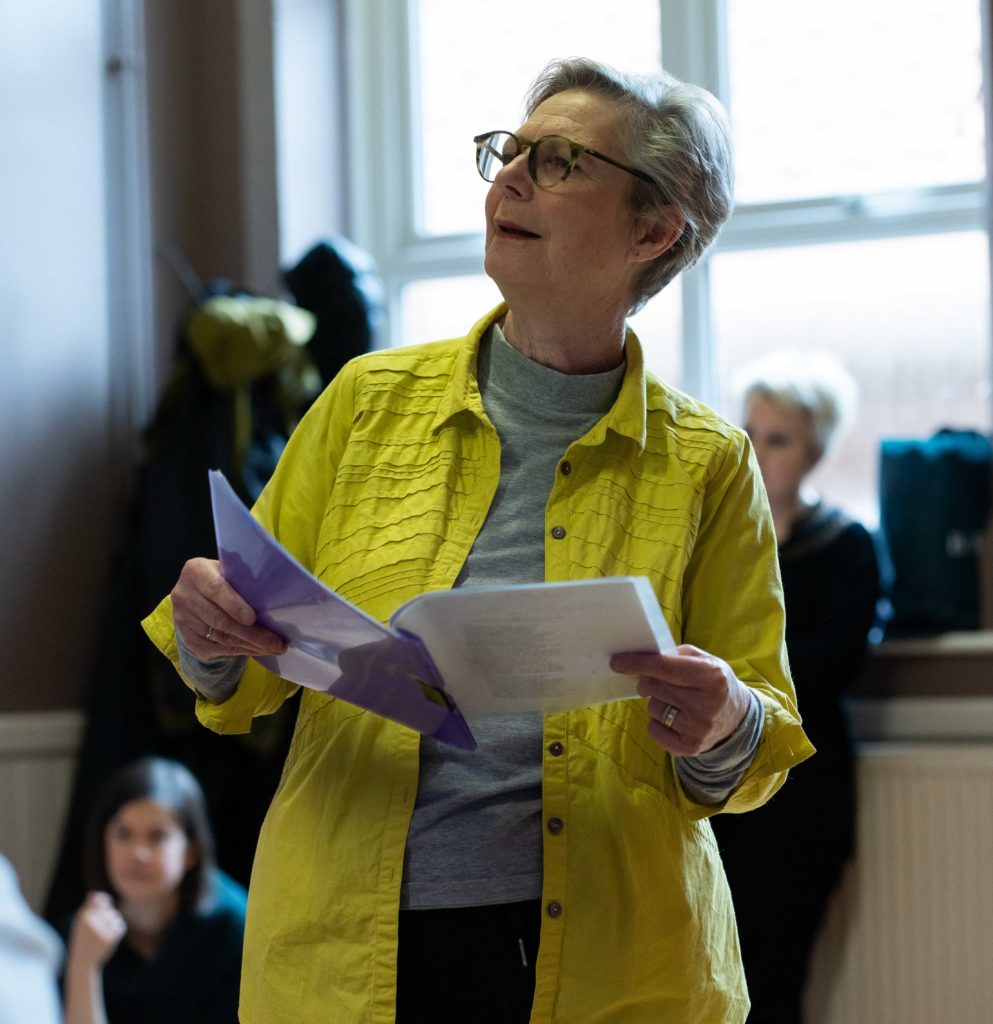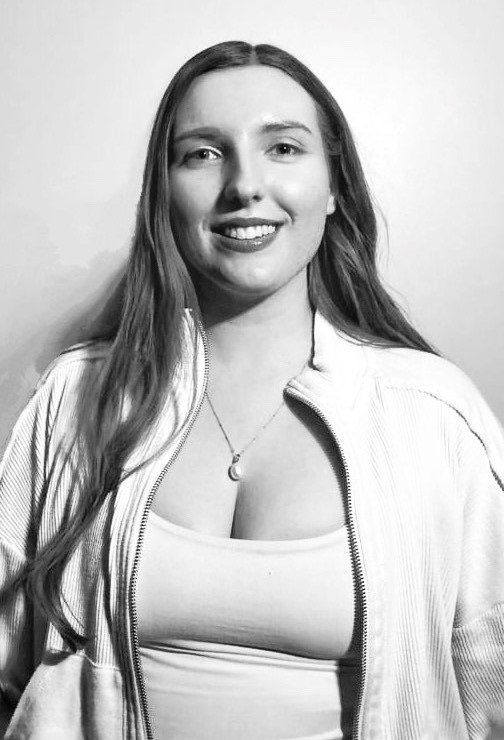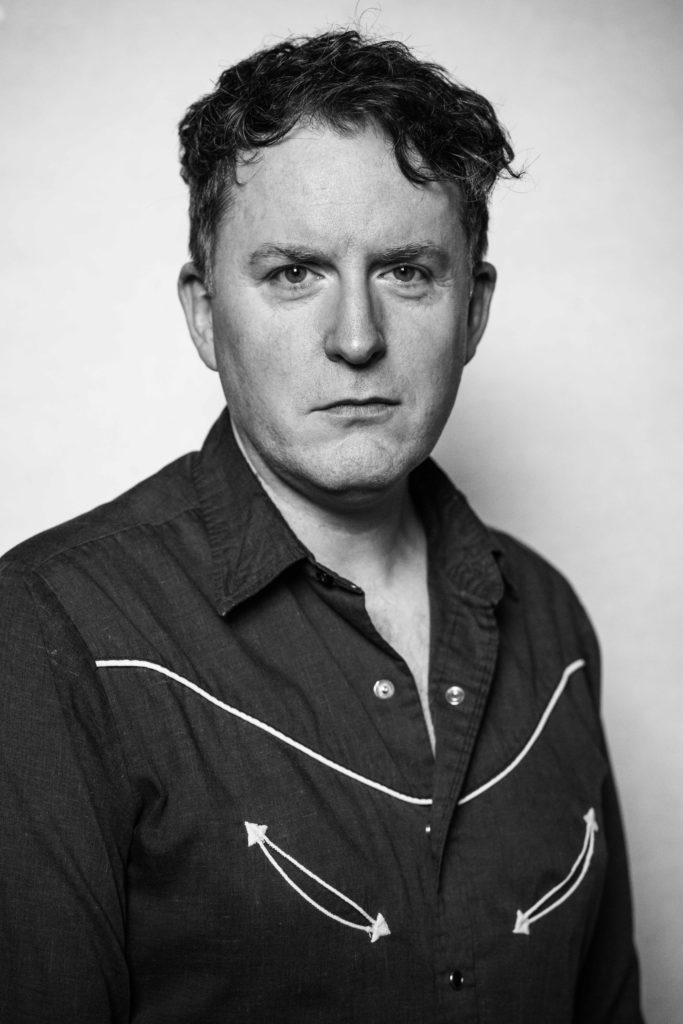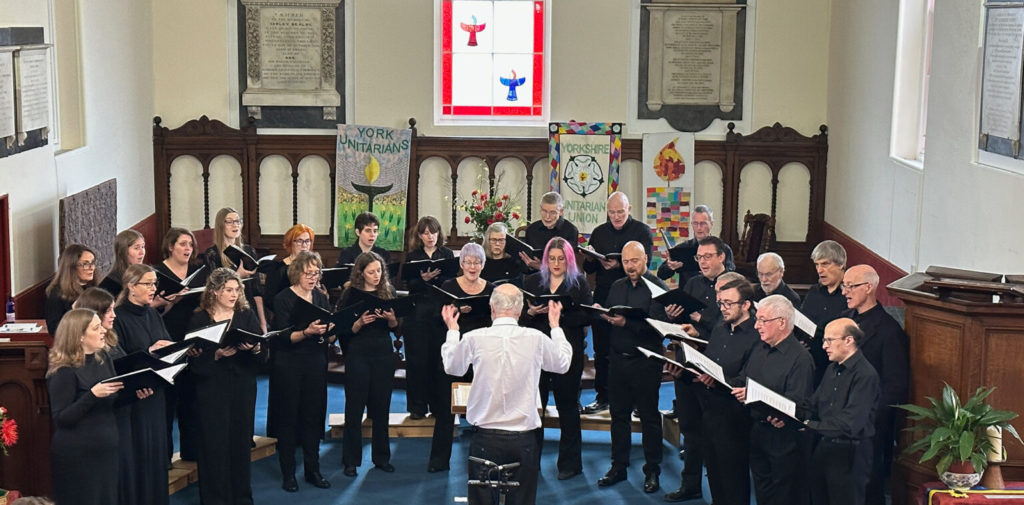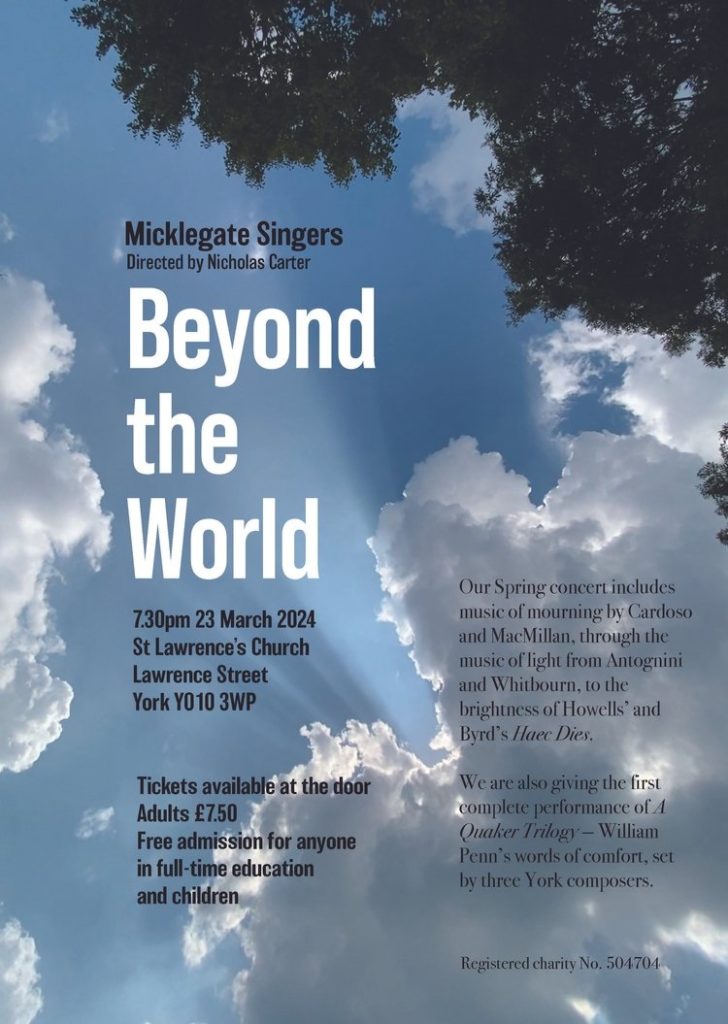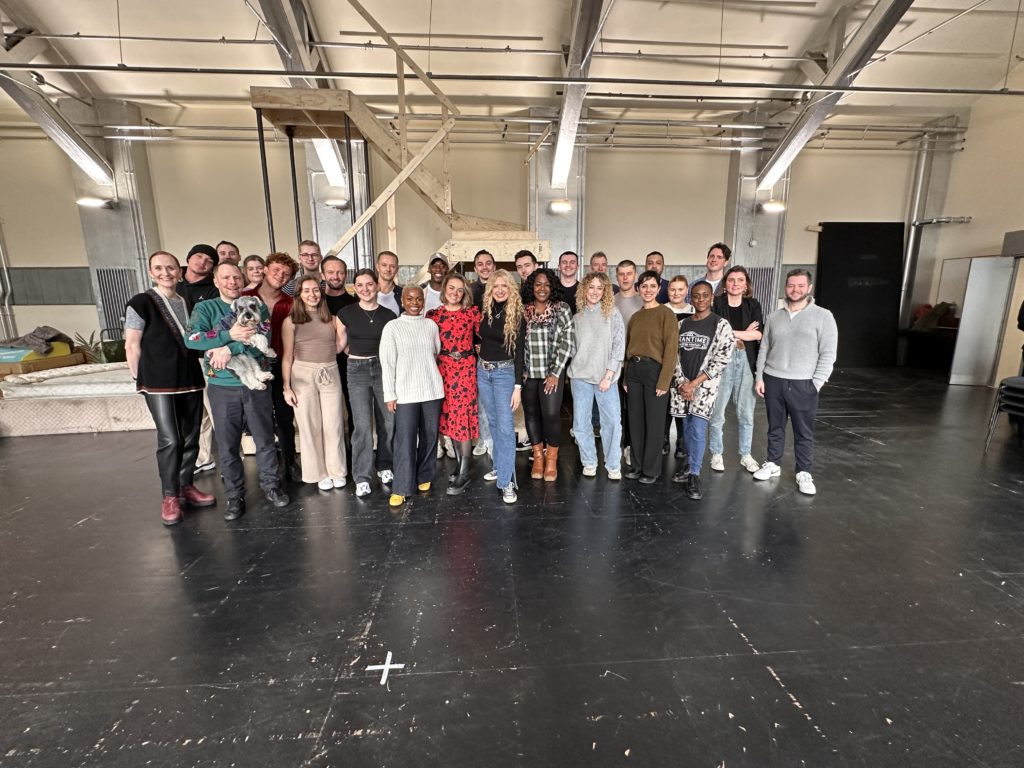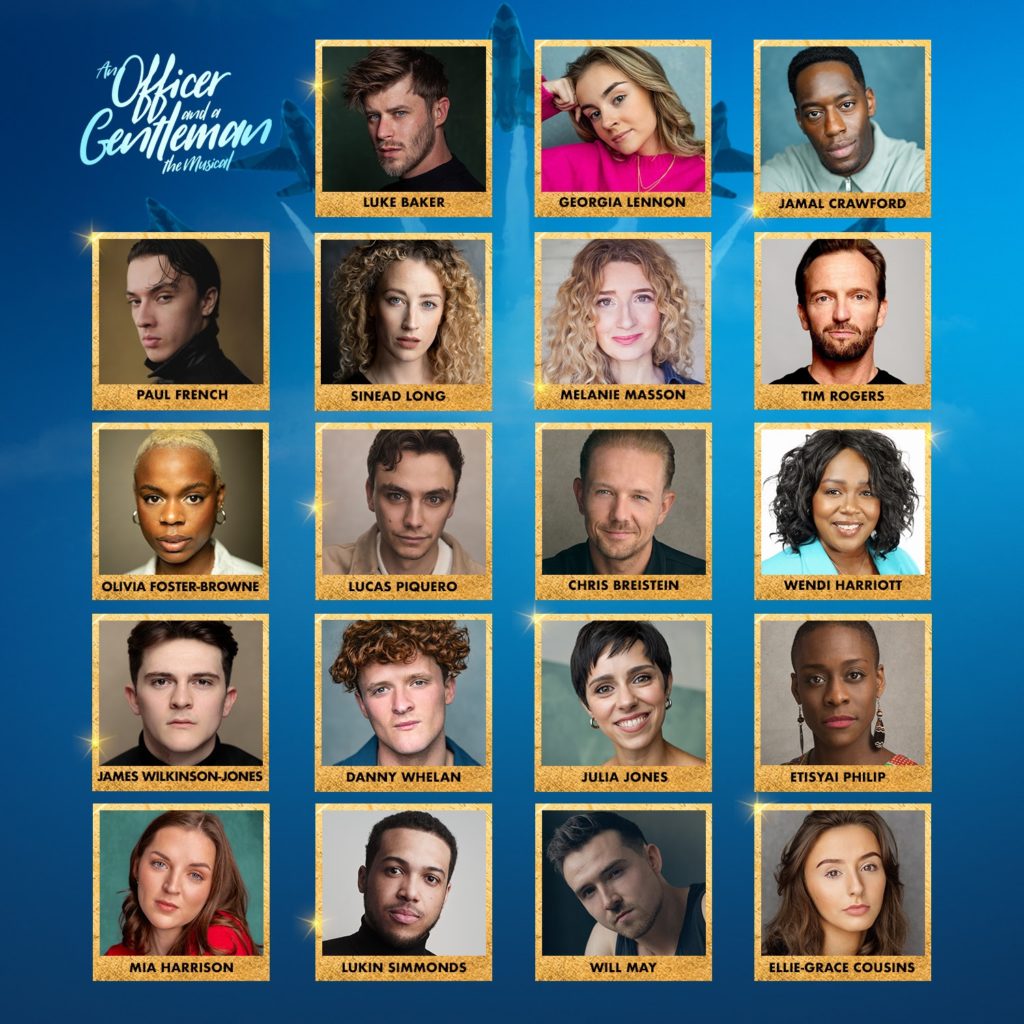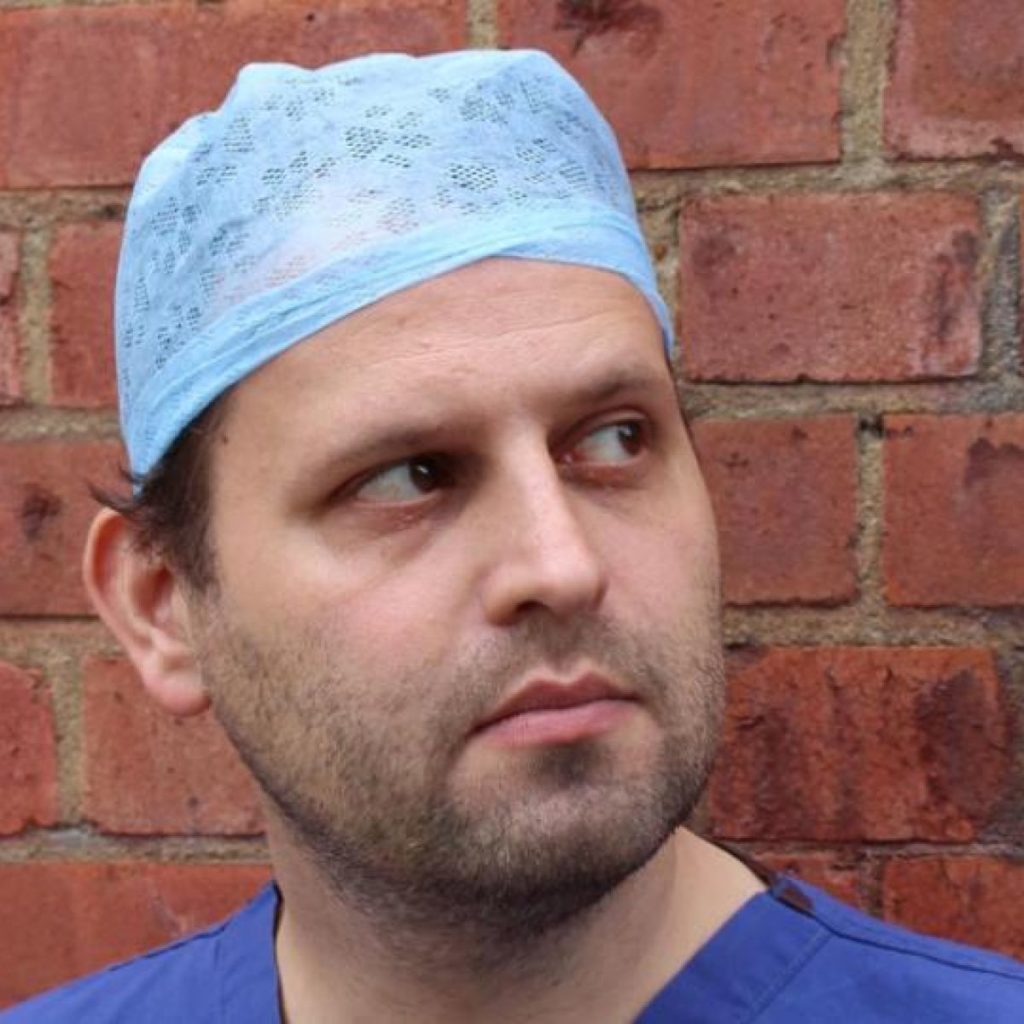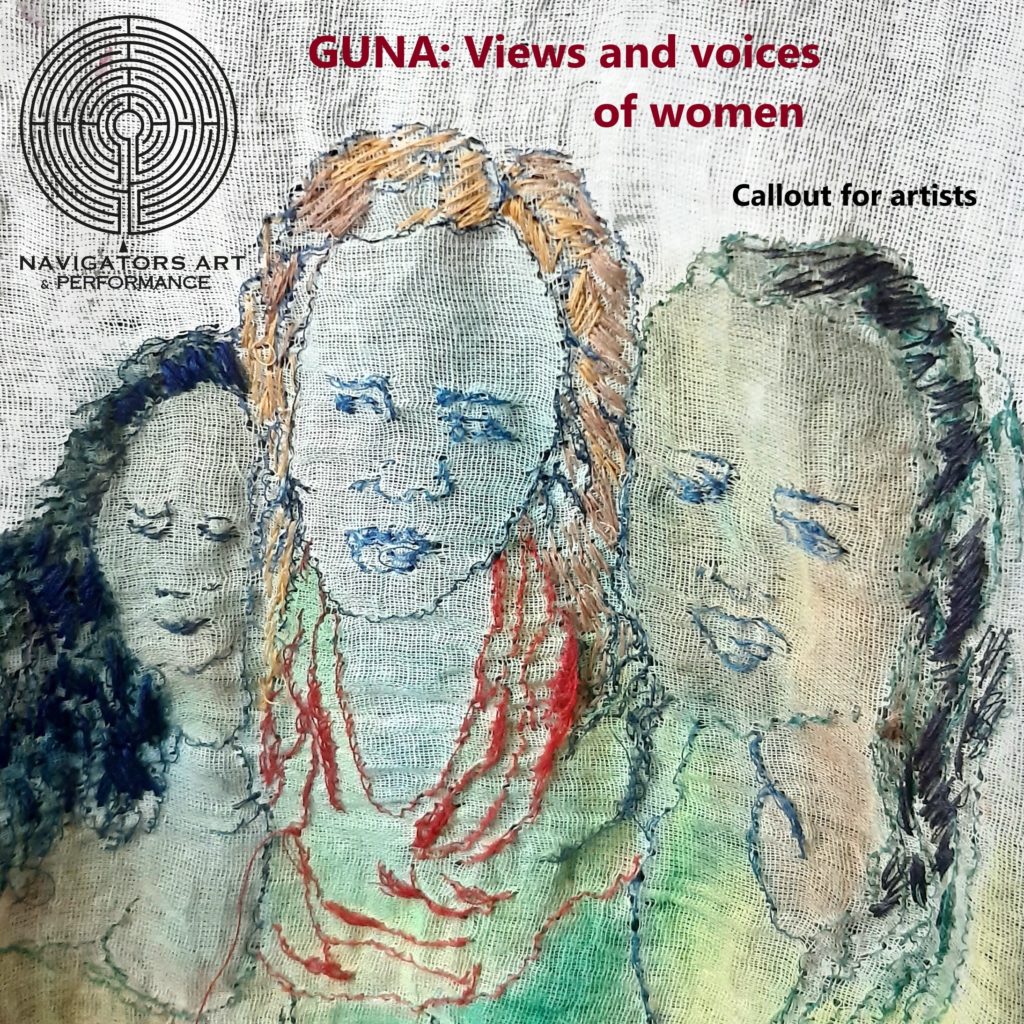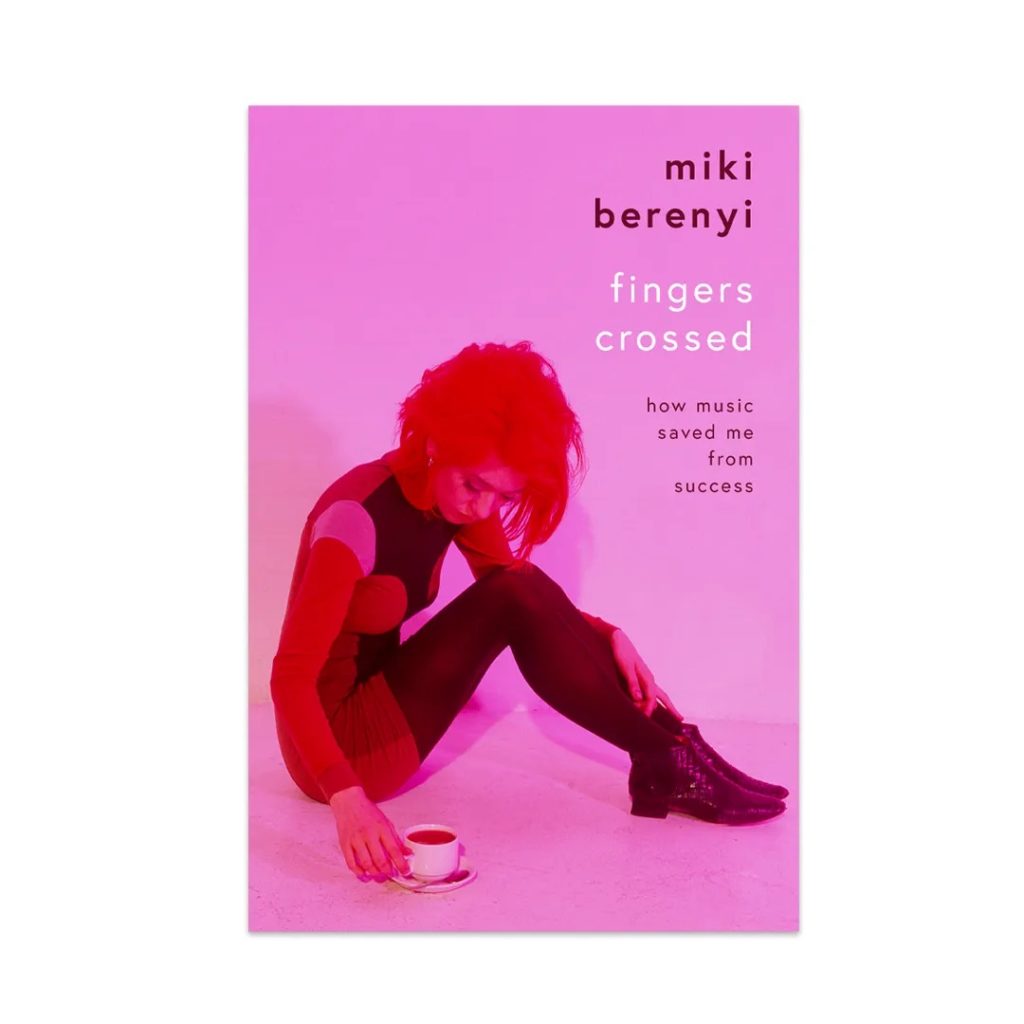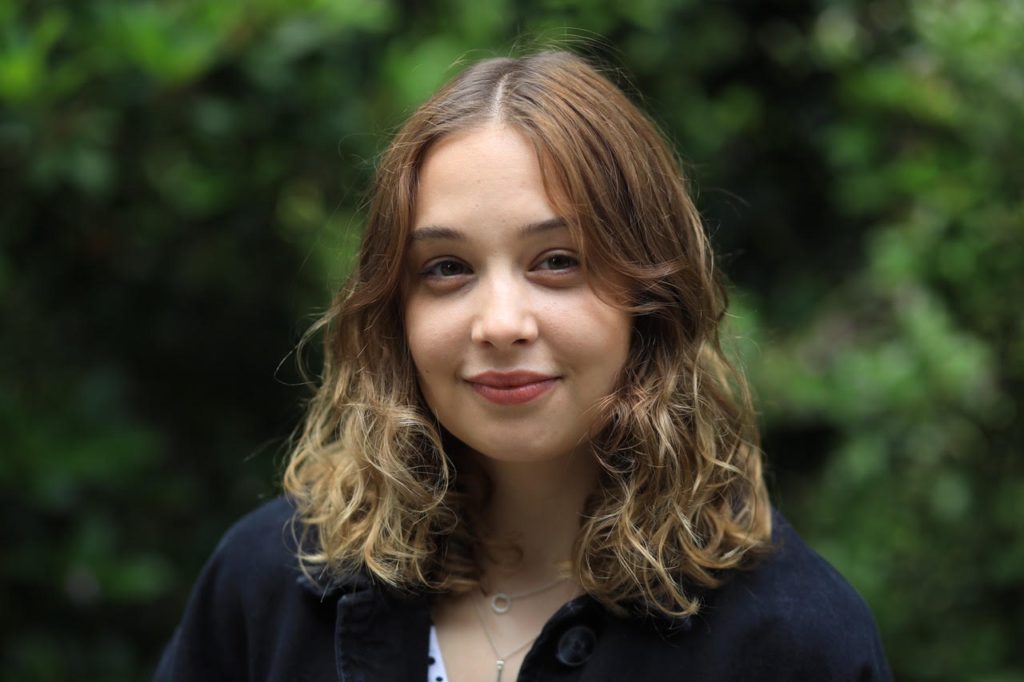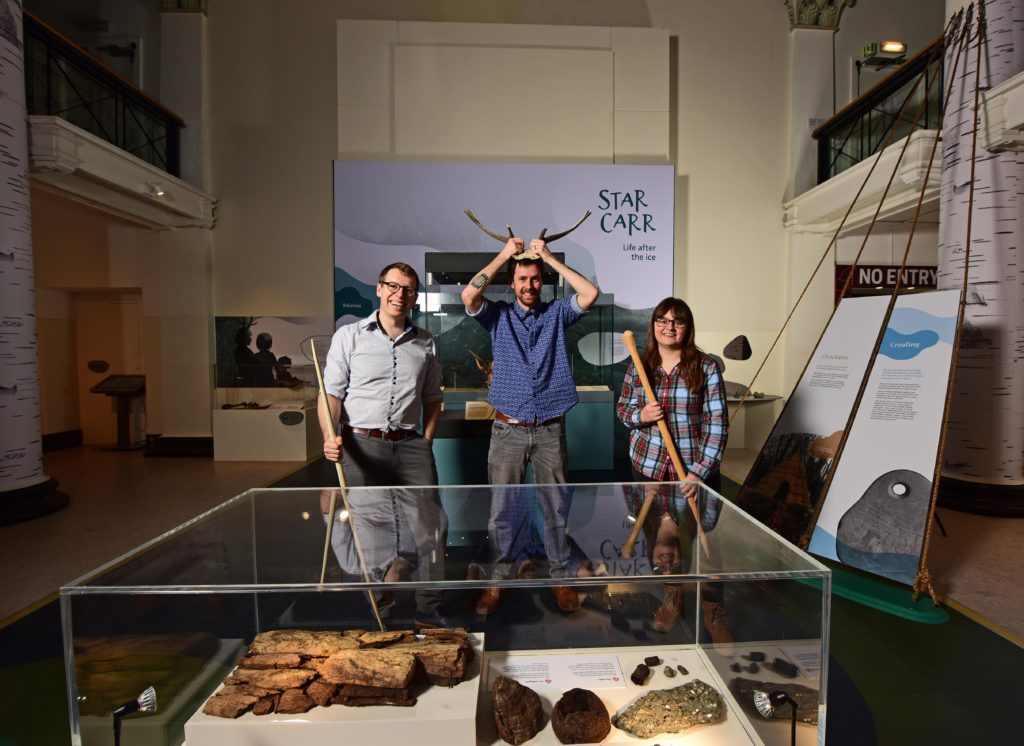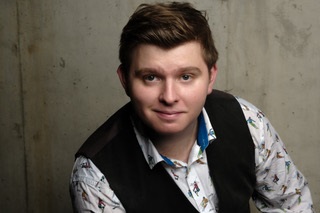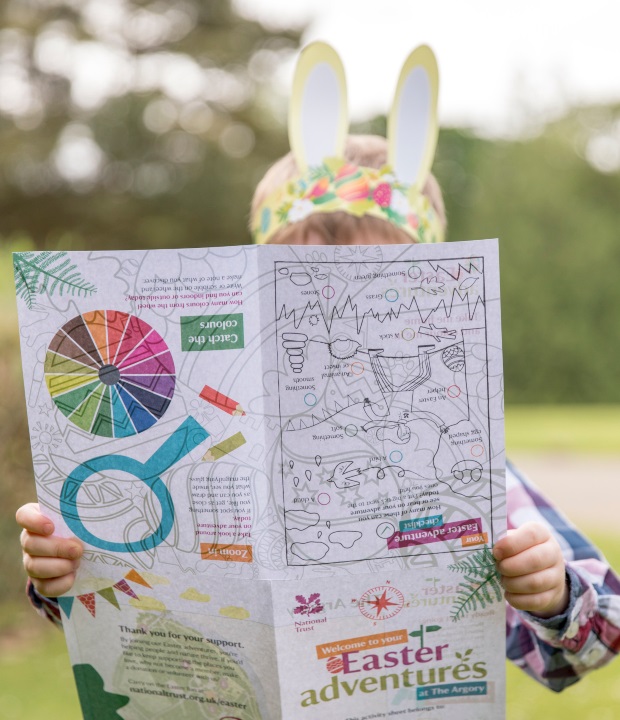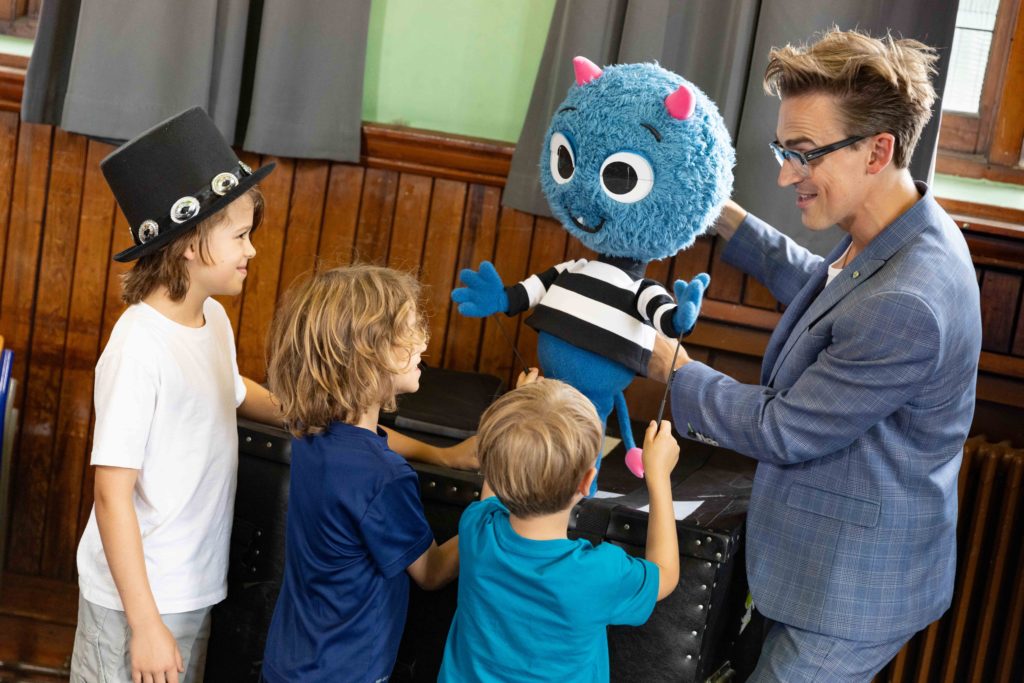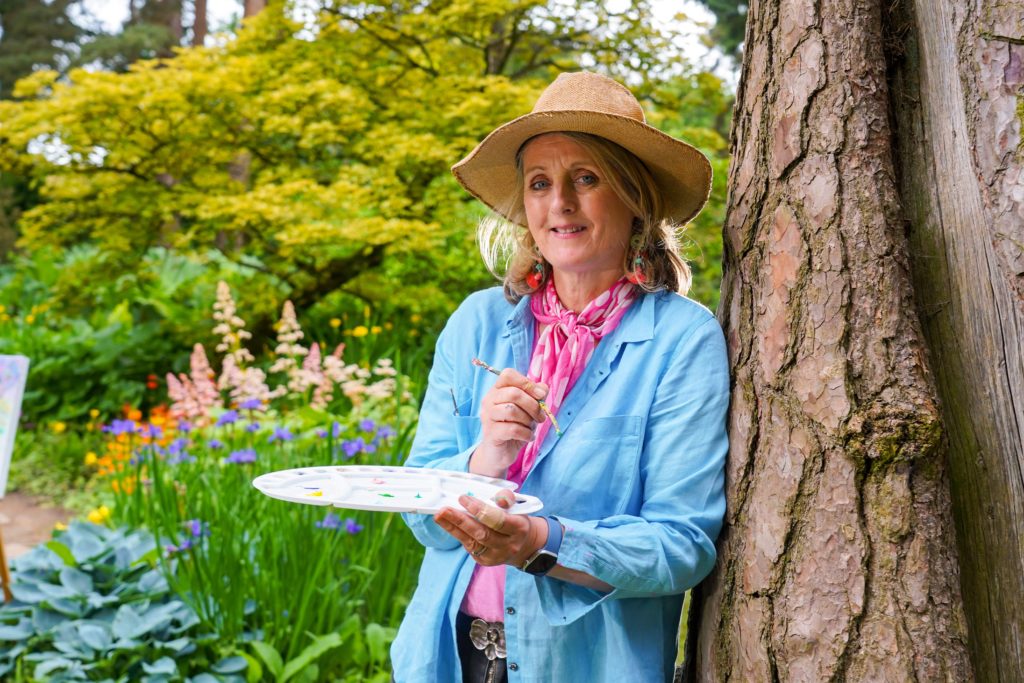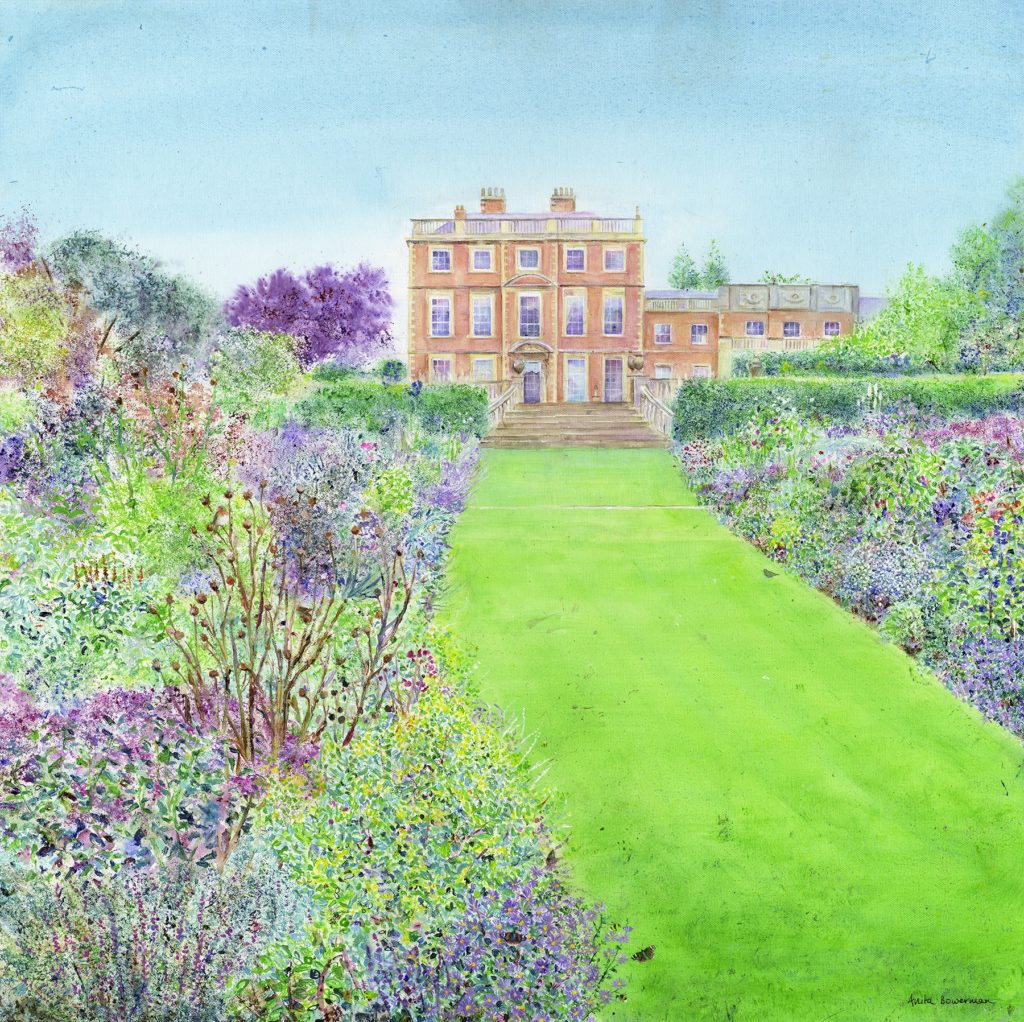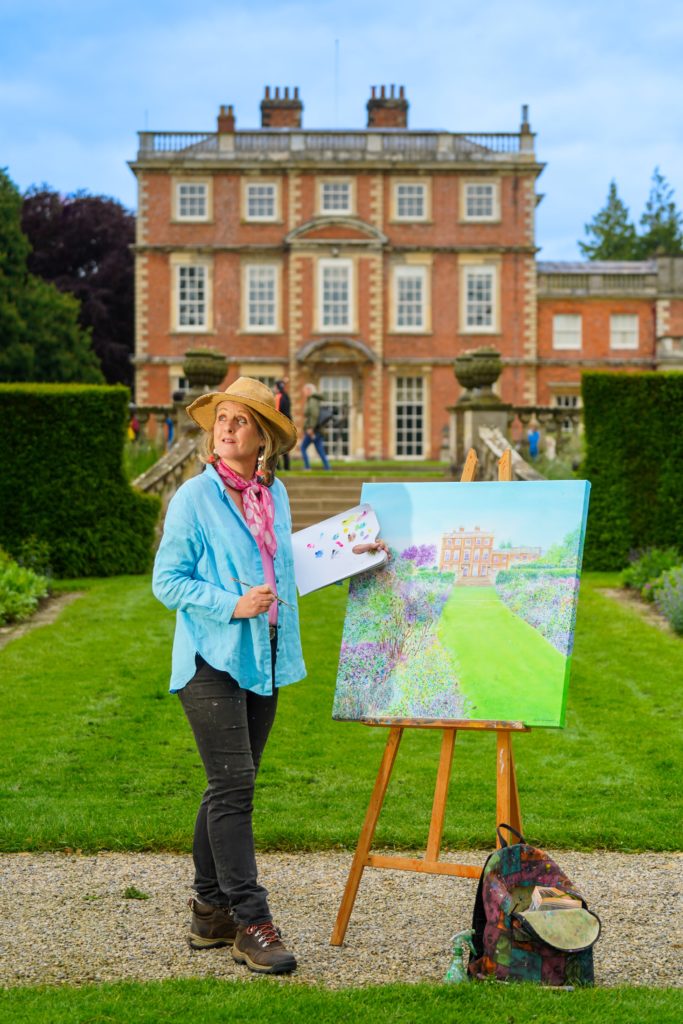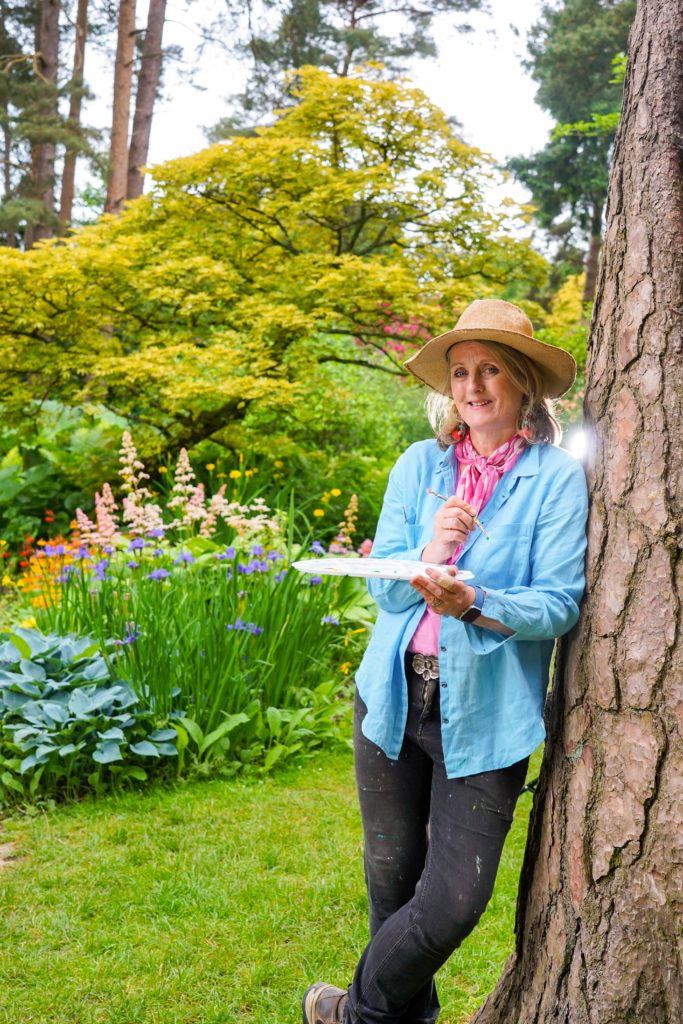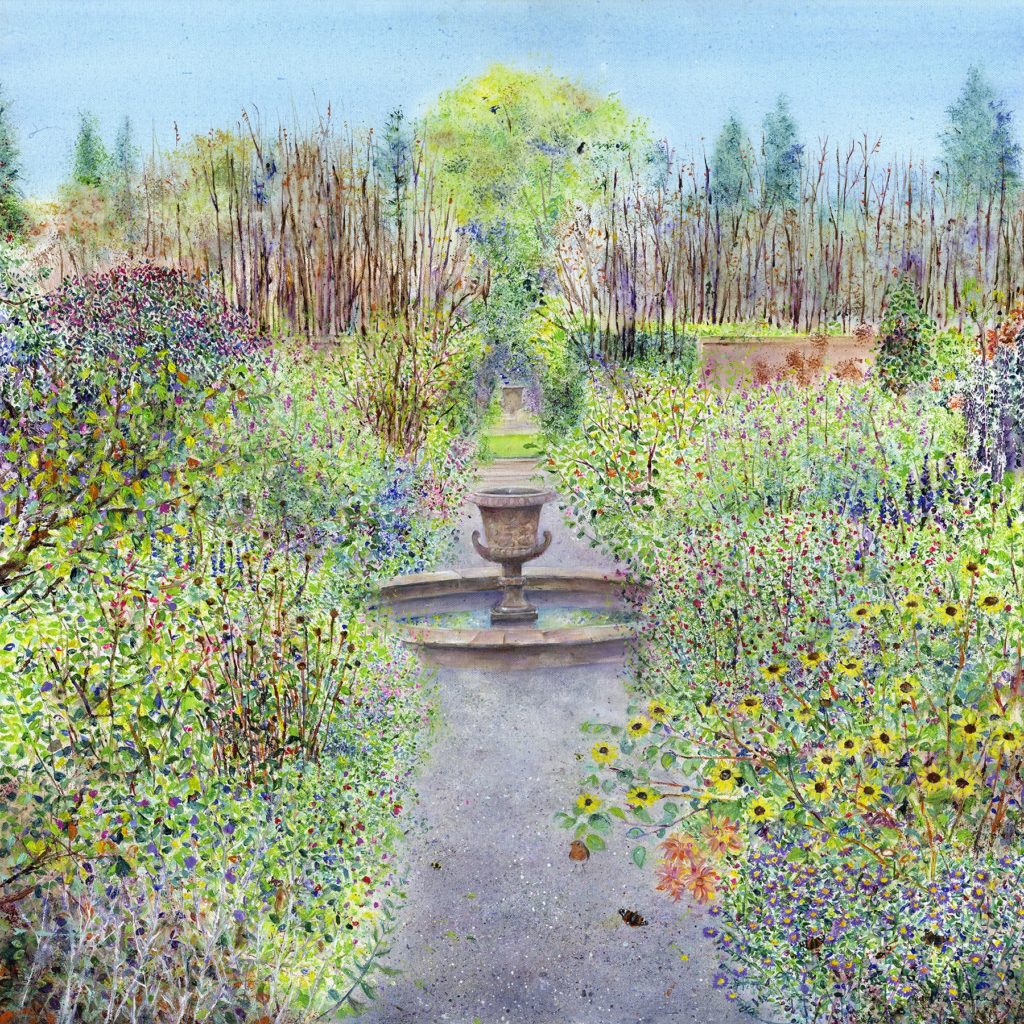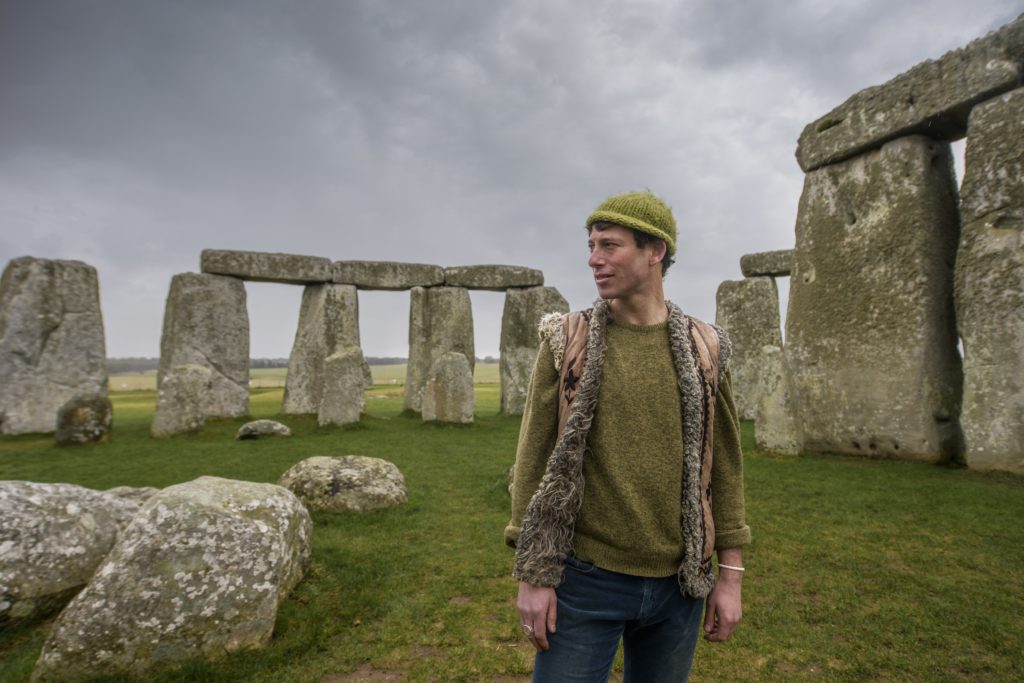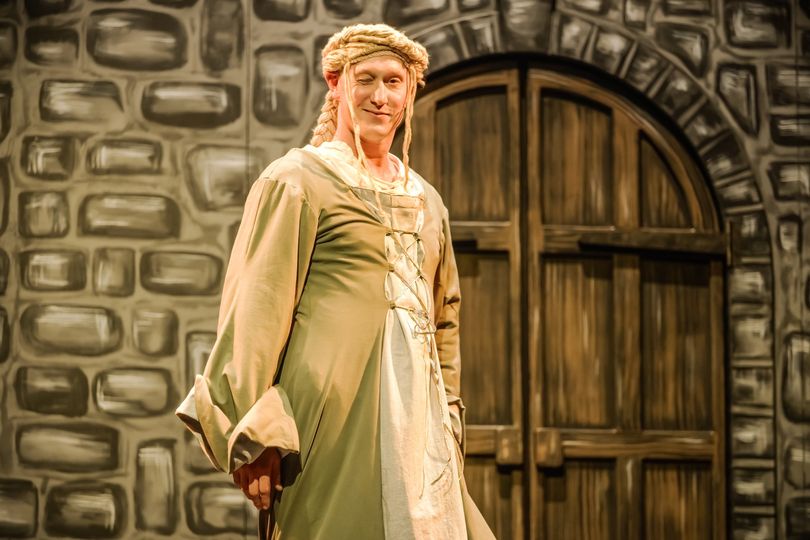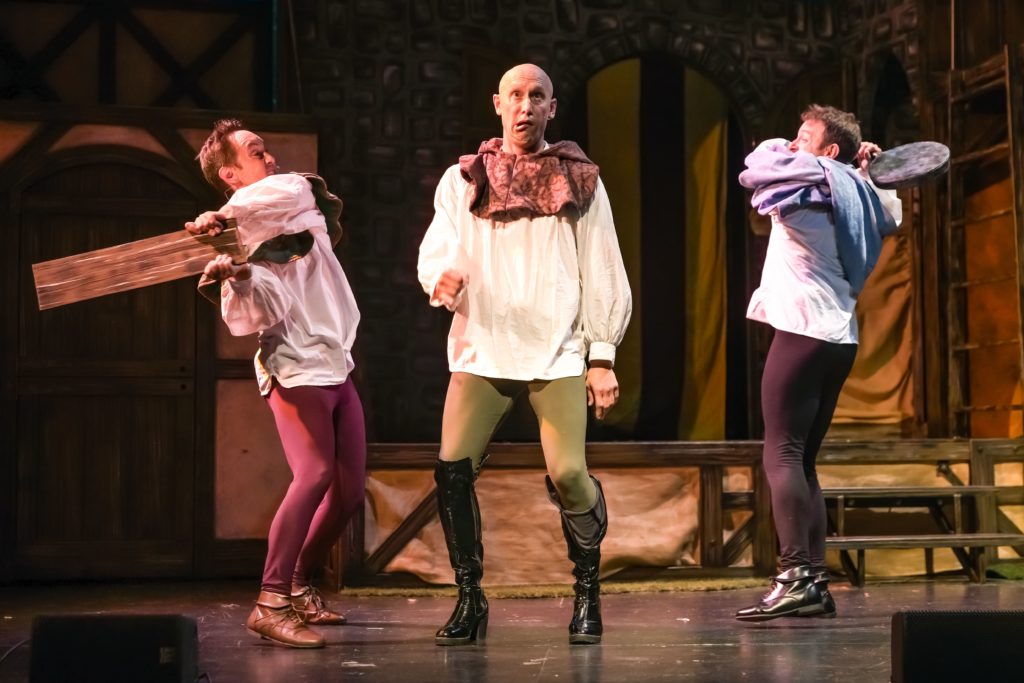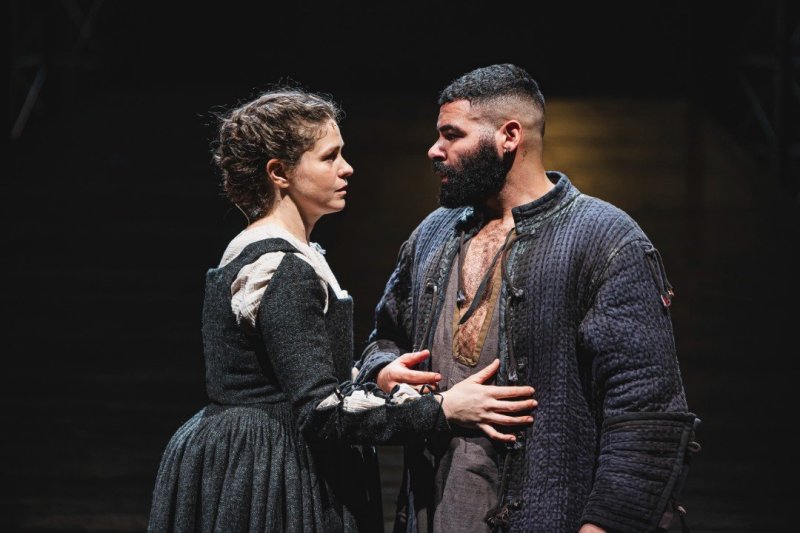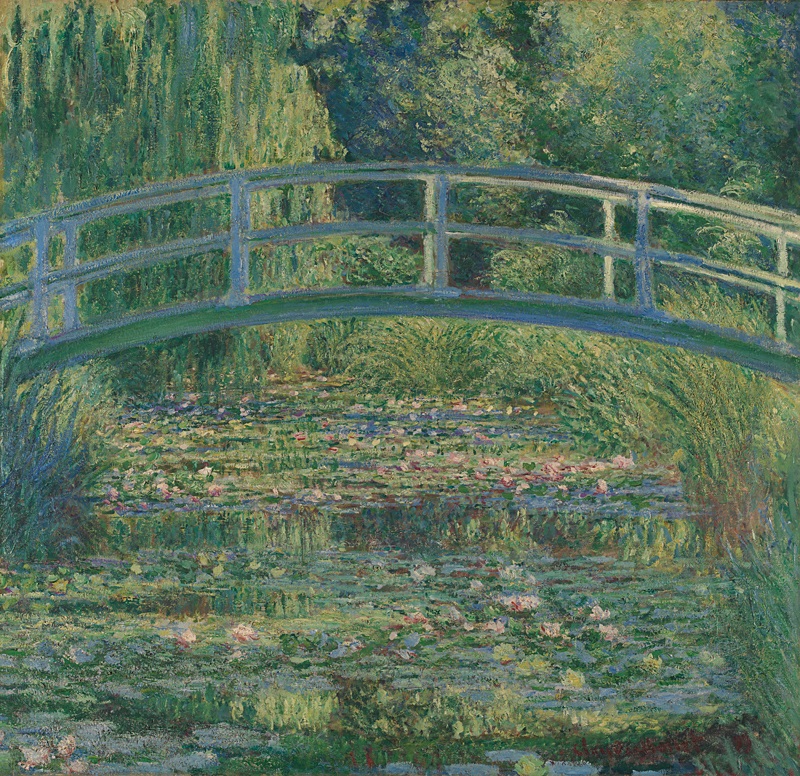
CLAUDE Monet’s masterpiece The Water-Lily Pond will go on show at York Art Gallery from May 10, marking the National Gallery’s 200th anniversary that day.
Acquired in 1927, this famous 1899 work by the Impressionist movement leading light will be the fulcrum of a major new exhibition in York as one of 12 partners participating in National Treasures, a nationwide celebration of the National Gallery’s collection.
What’s more, York Art Gallery has been selected as the only Yorkshire gallery to host a masterpiece, the nearest fellow participants being the Laing Art Gallery, in Newcastle, and Liverpool’s Walker Art Gallery.
The National Gallery’s National Treasures: Monet In York exhibition will bring together key loans from regional and national institutions alongside works from the York Art Gallery collection and a large-scale commission by South London-born contemporary artist Michaela Yearwood-Dan, comprised of four works.
Monet’s canvas will be explored in the context of 19th-century French plein-air painting, pictures by his early mentors and the Japanese prints that transformed his practice and beloved gardens in Giverny, on the bank of the River Seine in Normandy, northern France, where Monet lived and worked from 1883 until his death in 1926.
By displaying canvases by the contemporaries he inspired, as well as more modern artworks and a new commission, the exhibition will reveal how Monet’s radical approach to painting had, and continues to have, an enduring influence on artists.
In 1893, Monet bought a plot of land next to his house in Giverny. He had already planted a colourful flower garden, but now he wanted to create a water garden “both for the pleasure of the eye and for the purpose of having subjects to paint”.
Whereupon he enlarged the existing pond, filling it with exotic new hybrid water lilies, and built a bridge at one end, inspired by examples seen in Japanese prints.
The water garden became the main obsession of Monet’s later career, 1899’s The Water Lily-Pond being among his earlier canvases on this theme.
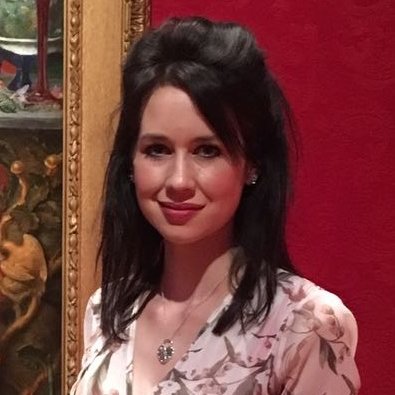
Dr Beatrice Bertram, senior curator at York Art Gallery, says: “We are delighted to be hosting this beautiful and much-loved painting by Monet as part of the National Gallery’s bicentenary events.
“Taking our cue from the artist’s lush canvas, our exhibition will explore open-air painting, celebrate the enjoyment of nature, landscapes and gardens, and connect indoor and outdoor spaces.”
To complement the works indoors, Monet’s painting has inspired York Art Gallery to plant a wildflower meadow in the gardens nearby.
“We’ll be encouraging audiences to get creative and engage in open-air sketching,” says Beatrice. “We can’t wait to welcome visitors to York to see the painting and exhibition for themselves.”
National Treasures is a key strand of the National Gallery’s bicentenary programme. Each partner venue will receive a masterpiece from the gallery collection and curate around that work in a process of interpretation, community engagement and events or exhibitions.
For the duration of the displays, 35 million people – more than half the British population – will be within an hour’s journey of a National Gallery masterpiece.
The opening of National Treasures around the United Kingdom will kickstart a year of bicentenary celebrations, where three strands of activities will showcase the National Gallery: across the nation; to the community in Trafalgar Square; and to virtual visitors around the world.
The ambitious programme will showcase the breadth of skill and creativity in the UK cultural sector, being as much about looking ahead to the National Gallery’s next 200 years as it is about celebrating its past. Those celebrations will conclude in May 2025 with the opening of the new Sainsbury Wing developments in Trafalgar Square.
Alexandra Kavanagh, the National Gallery’s head of national touring exhibitions, says: “As the National Gallery marks its third century of bringing people and paintings together, we are thrilled to be sharing 12 of our greatest masterpieces with museums across the UK.
“We’re delighted to be working with such a dynamic partner with a brilliant collection of their own in York Art Gallery. The new contexts in which visitors will get to see The Water-Lily Pond, thanks to contemporary response and the context of a museum garden, is exactly what we hoped National Treasures would help to spark as a programme.”
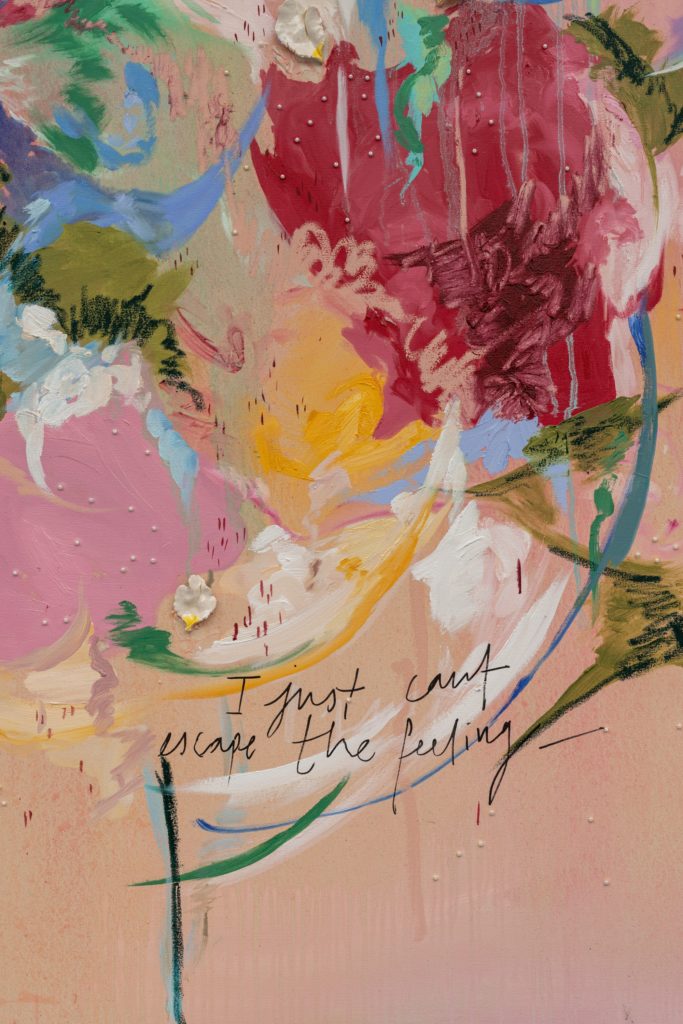
The 12 galleries taking part in the National Gallery’s National Treasures programme are:
Ashmolean Museum, Oxford, exhibiting The Wilton Diptych (about 1395-9).
Brighton Museum and Art Gallery, Self Portrait at the Age of 34 (1640), Rembrandt (1606-1669).
Bristol Museum and Art Gallery, The Hay Wain (1821), John Constable (1776-1837).
The Fitzwilliam Museum, Cambridge, Venus and Mars (about 1485), Sandro Botticelli (about 1445-1510).
Ikon Gallery, Birmingham, Self Portrait as Saint Catherine of Alexandria (about 1615-17), Artemisia Gentileschi (1593-1654 or later).
Laing Art Gallery, Newcastle, The Fighting Temeraire (1839), Joseph Mallord William Turner (1775-1851).
Leicester Museum and Art Gallery, The Umbrellas (about 1881-6), Pierre-Auguste Renoir (1841-1919).
National Library of Wales, Aberystwyth, The Stonemason’s Yard (about 1725), Canaletto (1697-1768).
Scottish National Gallery, Edinburgh, A Young Woman standing at a Virginal (about 1670-2), Johannes Vermeer (1632-1675).
Ulster Museum, Belfast, The Supper at Emmaus (1601), Michelangelo Merisi da Caravaggio (1571-1610).
Walker Art Gallery, Liverpool, The Rokeby Venus (1647-51), Diego Velázquez (1599-1660).
York Art Gallery, The Water-Lily Pond (1899), Claude Monet (1840-1926).
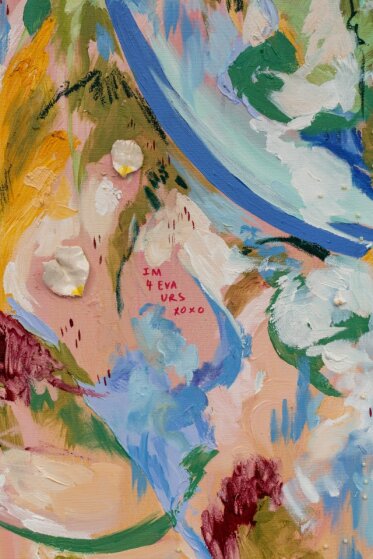
Michaela Yearwood-Dan: the back story
Born: 1994, South London.
Lives in: Leyton, London.
Education: University of Creative Arts, Epsom; B.A. in fine art painting from University of Brighton, graduating in 2016.
Modus operandi: Her paintings, works on paper, ceramics and site-specific mural and sound installations endeavour to build spaces of queer community, abundance and joy.
Raison d’etre: “To explore possibilities of creating spaces—physical, pastoral, metaphorical — that allow for unlimited and unbounded ways of being”.
Influences: Blackness, queerness, femininity, healing ritual and carnival culture.
Style: Lush, bright, personal yet political.
First American solo show: Marianne Boesky Gallery, New York, 2021.
Work shown at: Contemporary Arts Center, Cincinnati, Ohio; Scottsdale Museum of Contemporary Art, Arizona; Green Family Art Foundation, Dallas, Texas; Palazzo Monti, Brescia, Italy; Museum of Contemporary African Art, Marrakesh, Morocco.
Works in permanent collections at: Hirshhorn Museum and Sculpture Garden, Washington D.C.; Institute of Contemporary Art Miami, Florida; Crocker Art Museum, Sacramento, California; Jorge M. Perez Collection, Miami, Florida; Columbus Museum of Art and Pizzuti Collection, Columbus, Ohio.
2022 landmark: Produced her first public mural installation for Queercircle, London.
Did you know? Collaborated with author Margaret Atwood for a cover of Harper’s Bazaar.
Follow her on Instagram at: @artistandgal.
National Gallery’s National Treasures: Monet In York, The Water-Lily Pond (1899) will be on show at York Art Gallery, Exhibition Square, York, from May 10 to September 8 2024. Opening times: Wednesday to Sunday, 10am to 5pm. For more information, go to: www.yorkartgallery.org.uk.
